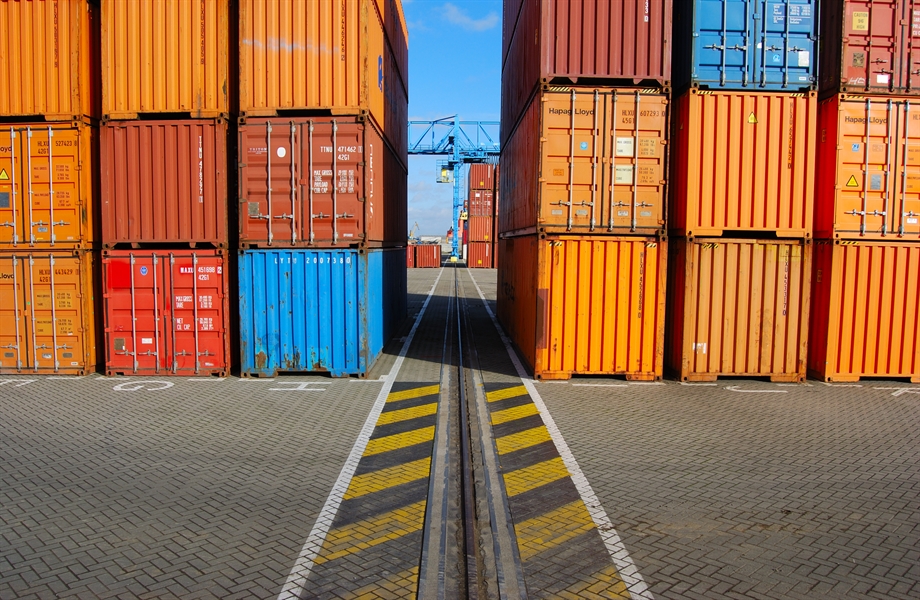“I’ve never seen anything like this” was how Port Houston’s Executive Director, Roger Guenther, described the current level of increased activity at the port. The figures reflect his observation – the last 8 months have seen double digit growth in activity (a 17% increase from September to October) and 11% year-to-date through 2020. While the Houston numbers are impressive and record breaking, they are not unique – the entire globe is working through a supply chain mess that was months in the making. While sparked by the COVID-19 pandemic, it was further aggravated by preexisting issues and human behavior.
When the pandemic’s threat became evident, employers and governments took measures to mitigate the problem by issuing social distancing guidelines and closing areas where individuals congregated—like factories, logistics centers, and offices. People staying at home indulged in online shopping and, in so doing, unexpectedly triggered an ecommerce boom sending demand for consumer goods (and related components) soaring. Since logistics centers and ports were shuttered, international trade slowed to a crawl so that items purchased could not be readily replaced by new product and existing inventories dwindled. Further exacerbating this problem was the fact that most products in high demand or the critical elements used to assemble and manufacture them came from only a few places abroad. When a port in South Korea closed or an entire region in China was put on lockdown, the implications were felt far beyond their borders.
At the heart of the supply chain problem is the bottle neck at ports and logistics centers caused in large part by labor shortages. This is not a new issue. For example, in 2019 the American Trucking Association announced a need for 60,000 new truckers. However, the problem is far worse now as the need for truckers and workers to unload/reload shipping containers at ports and logistics centers has correspondingly risen with consumer demand. A container cannot be moved from the ship or port if there is no one to unload it at a dock or warehouse and then no one to transport the product from facility to facility. As a result, ships wait extended times to dock and containers crowd port terminals filling warehouses to the brim, while the reduced labor force slowly sifts through the shipping containers that arrive daily.
Another significant part of the problem is the lack of space to store the growing number of containers. If there is no place in a warehouse to put a recently unloaded container, it does not matter if there are available truckers at the port because they have no place to go. A full container must be laid in an empty space (either recently vacated by another container or never occupied) and, due to a labor shortage of workers to unload the containers, warehouses across the US are filling up fast. The CEO of Prologis, the US’s largest industrial landlord, said they were effectively “sold out” of space.
As expected, industrial rents are surging. Nationally, rents have grown over 23% for distribution centers within a 10-mile radius of a major port. However, Houston rent growth in the southeast submarket near the port saw a more modest 3.8% rent growth in Q3 for logistics space.
The supply chain story in Houston has been more temperate than the ones in the national headlines. Even though average dwell times doubled from four to eight days, Port Houston has been able to work through the backlog and subsequently become the US’s busiest port with 6,000 - 7,000 container truck loads moving through the terminal daily. While warehouse space is tight and industrial rents are anticipated to increase nearly 7% in early 2022, this is nothing like the dramatic shifts other markets are experiencing. A consistent commitment to infrastructure improvements (ex: in October 2021 Port Houston approved the $400B Project 11), pro-business jurisdictions, and now a proven record of managing complex problems when competitors fell short, have set Houston apart. The environment at Port Houston prior to the supply chain disruption was such that many of the impediments other markets faced to solving the supply chain crisis never existed in Houston. This has allowed Port Houston to address challenges directly, move more freight than its peers, and take market share from west coast ports faster than anticipated. Importers looking to diversify their logistics strategies are focusing on Houston as a top alternative which will have a regional economic impact. From the Houston perspective, the frustration and inconvenience of the 2021 supply chain disruption may ultimately be worth it.

